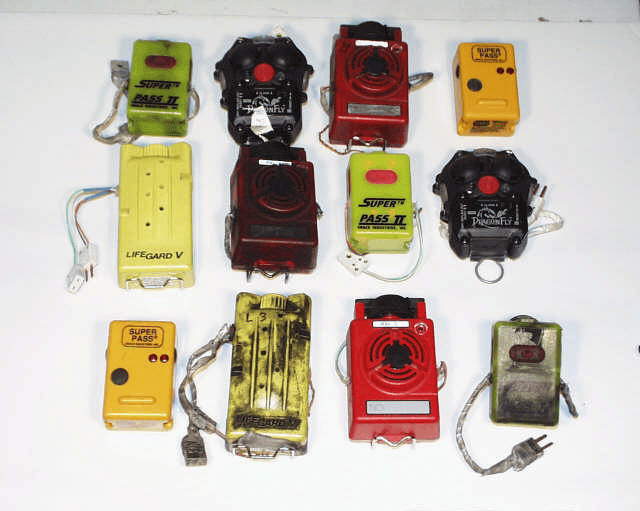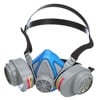Personal Alert Safety Systems (PASS) Information
 Personal alert safety systems (PASSs) are devices carried by emergency responders and individual workers to signal distress or a need for assistance in extreme environments. These devices are most commonly worn by firefighters or other individuals who work in immediately dangerous to life and health (IDLH) scenarios. These devices are considered to be an essential piece of safety equipment. Also known as a distress signal unit (DSU) or automatic distress signal unit (ADSU), these systems use features such as strobe lights, audible alarms, and radio communications to help locate personnel in the field.
Personal alert safety systems (PASSs) are devices carried by emergency responders and individual workers to signal distress or a need for assistance in extreme environments. These devices are most commonly worn by firefighters or other individuals who work in immediately dangerous to life and health (IDLH) scenarios. These devices are considered to be an essential piece of safety equipment. Also known as a distress signal unit (DSU) or automatic distress signal unit (ADSU), these systems use features such as strobe lights, audible alarms, and radio communications to help locate personnel in the field.
PASS devices are small, battery-powered, and typically used in conjunction with a breathing apparatus. It attaches to a self-contained breathing apparatus (SCBA) harness and enables the firefighter or worker to summon help by activating a loud, piercing electronic alarm, flashing light, and radio signal. Older models required the wearer to manually signal a distress, whereas modern units retain a manual alarm but also monitor the wearer’s motion via a ball bearing or accelerometer that triggers an alert should the wearer be inactive for a preset amount of time. These devices emit an audible alarm of at least 95 decibels. When the alarm is triggered it initiates a rescue initiative on behalf of the first responder or worker. In both emergency response and industrial applications, PASSs are helpful for quickly finding a worker in trouble.
Requirements for PASS devices are controlled by standards associations, such as the National Fire Protection Association and the British Standards Institution. The standards published by these institutions establish minimum specifications, such as frequencies and levels for the audible alarm and pre-alarm, duration of time after lack of movement, intensity of visual alarm, and arming and disarming the device before going into service.
Standards
National Fire Protection Association: NFPA 1982 - Standard on personal alert safety systems (PASS).
The standard specifies that the PASS device will go into pre-alarm mode after 20 seconds of inactivity and full alarm mode at 30 seconds of inactivity. The alarm can also be activated manually. The pre-alarm is required to reach a maximum level between 100 dBA and 110 dBA in six seconds. The primary alarm must have a minimum level of 95 dBA at one meter and be able to maintain the level for at least one hour.
British Standards Institution: BS 10999-2010 - Specification for distress signal units for the fire and fescue fervice.
The standard specifies a lack of movement for 30 seconds will cause a 10 second pre-alarm signal sound. If no movement occurs during the 10 second pre-alarm then the unit will lock into full alarm. The unit can be manually set to full alarm by pressing in the manual switch pad. This action can be factory set to have immediate or delayed action.


